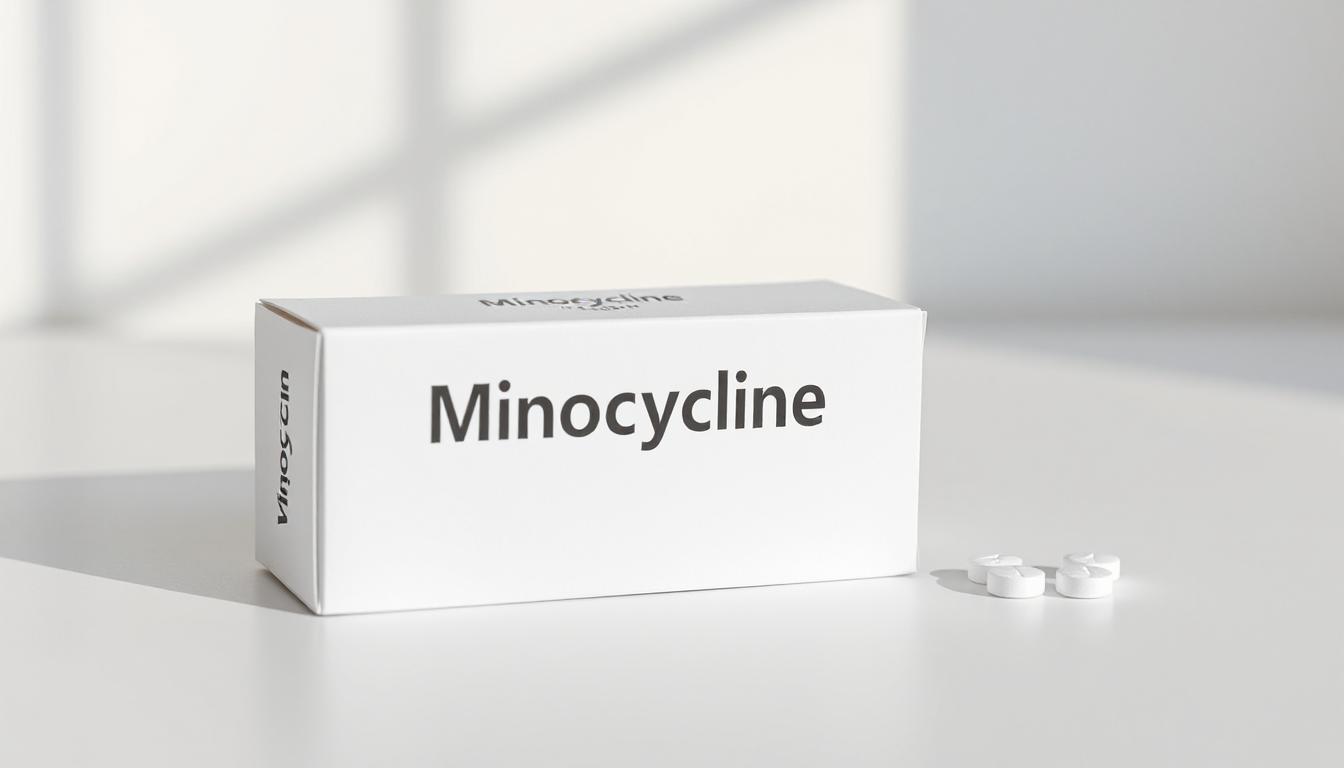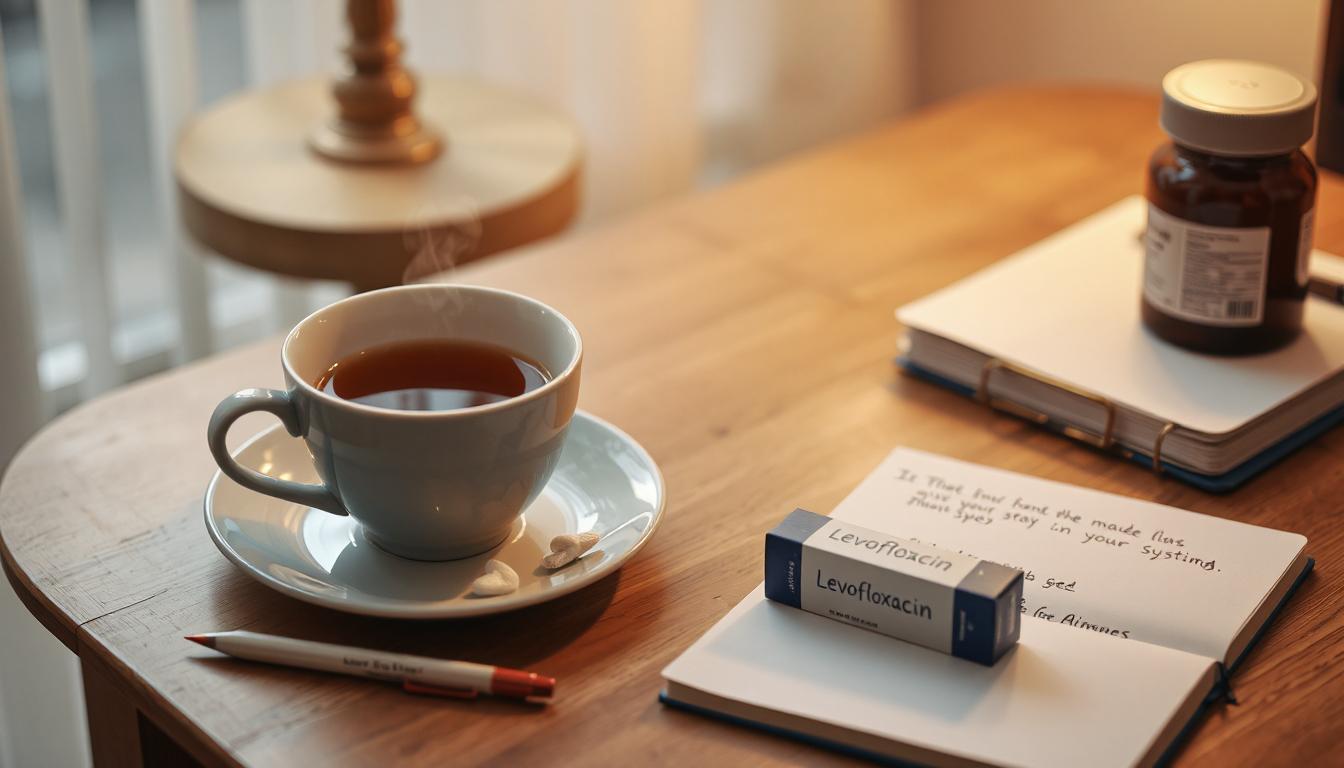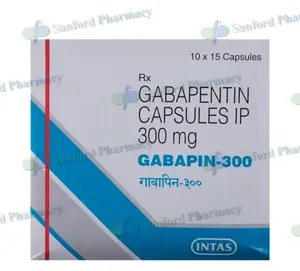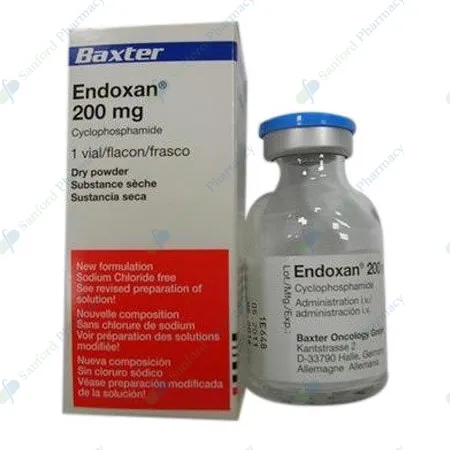Type 1 Diabetes: Symptoms, Causes & Treatment
 August
|
August
|
 08 Sep 2025
08 Sep 2025
What Is Type 1 Diabetes and How It Develops
Type 1 diabetes is a condition where the body turns against itself. The immune system, which is supposed to protect you, ends up attacking the insulin-producing cells in your pancreas. These cells are called beta cells. Once they’re damaged, your body can’t make insulin anymore.
Without insulin, your body can’t use sugar the way it should. So sugar just stays in your blood, building up over time. That leads to all kinds of problems—feeling weak, getting sick, even passing out if it goes untreated.
It usually shows up in kids or teenagers, but adults can get it too. The one thing it has in common? Once it starts, it doesn’t stop. There’s no off switch. And as of now, there’s no type 1 diabetes cure. Researchers are working hard on a cure for type 1 diabetes, but so far, managing it is the only option.
Sanford Pharmacy works with patients and families to help manage the daily challenges—from insulin supplies to blood sugar monitors and education that actually helps.
Early Signs and Symptoms of Type 1 Diabetes
The signs can show up fast. One week you’re fine, and the next you're feeling off without knowing why. Some of the most common symptoms are:
-
Extreme thirst, even when you're drinking water
-
Peeing a lot, especially at nights
-
Sudden weight loss that doesn’t make sense
-
Feeling tired, no matter how much you sleep
-
Blurry vision, headaches
-
Hunger that just doesn’t go away
In children, it can start with things like bedwetting or mood swings. Parents often think it’s just stress or growth spurts, but it could be serious. These signs of type 1 diabetes in kids are easy to miss if you don’t know what to look for.
The key is paying attention. If something feels off for more than a few days—especially if there’s weight loss or constant thirst—it’s time to get checked.
What Causes Type 1 Diabetes?
The truth is, doctors still don’t fully know what causes it. What they do know is that it's an autoimmune issue. Something triggers the body to start destroying its own insulin-producing cells.
For some, it runs in the family. For others, it shows up out of nowhere. Some researchers think a virus might trigger it. Others say it’s something environmental, maybe even related to how the immune system develops early in life.
What’s clear is that you don’t get type 1 diabetes from eating too much sugar. That’s a myth. It's not your fault. It's not something you caused.
And while people keep asking can type 1 diabetes be cured, the answer right now is no. But there’s always new type 1 diabetes news that gives people hope. Trials, research, new drugs—it’s a work in progress.
How Type 1 Differs from Type 2 Diabetes
It’s easy to confuse the two, but type 1 and type 2 diabetes are totally different.
Type 1 is an autoimmune condition. Your pancreas stops making insulin. You have to take insulin for life.
Type 2, on the other hand, is usually linked to lifestyle. The body still makes insulin, but doesn’t use it well. Type 2 can often be managed with diet, weight loss, and sometimes pills.
Type 1 is usually diagnosed earlier in life. It hits faster. It’s more aggressive. And it can’t be managed without insulin.
That’s why having a type 1 diabetes doctor who understands the difference matters. You don’t want someone treating you like you’re just “eating wrong.”
How Doctors Diagnose Type 1 Diabetes
Diagnosis usually starts with symptoms. A person walks in tired, dehydrated, maybe losing weight fast. The doctor runs a few tests:
-
A blood sugar test—to see how high glucose levels are
-
An HbA1C test—which shows your average blood sugar over the past 2–3 months
-
A C-peptide test—to check if your body is making insulin
-
Autoantibody tests—to see if your immune system is attacking your pancreas
If the C-peptide is low and antibodies are high, it points to type 1.
Sanford Pharmacy works with providers to get patients what they need right away—whether it’s insulin, testing strips, or info on how to manage the first few weeks after diagnosis.
Daily Life With Type 1 Diabetes
Living with type 1 diabetes is a lot. There’s no vacation from it. Every day, you have to think about your blood sugar—before meals, after exercise, during stress, while you sleep.
You have to:
-
Check your blood sugar
-
Count carbs
-
Take insulin
-
Adjust for snacks, exercise, sickness, travel
-
Always carry low blood sugar snacks, just in case
But with time, it becomes part of your routine. Some people use finger pricks, others use a continuous monitor. Some use pens, others prefer a pump. Everyone figures out what works for them.
And even though it's tough, you can still do everything. Sports. Travel. Work. Dating. You just have to plan a little more.
Sanford Pharmacy supports daily life with diabetes by offering supplies that fit your lifestyle, not the other way around.
Managing Type 1 Diabetes With Insulin Therapy
Since your pancreas isn’t doing the job, you need to step in. That means using insulin every day.
There are a few types of insulin:
-
Rapid-acting for meals
-
Long-acting to keep your levels stable overnight or between meals
-
Intermediate or short-acting, which are used less often but still help some people
You can take it through pens, syringes, or use an insulin pump. Pumps let you control your insulin more precisely, especially if you’re very active or want fewer shots.
Doses aren’t one-size-fits-all. What works today might need tweaking tomorrow. You learn by tracking, adjusting, and sometimes just guessing and checking.
Sanford Pharmacy offers guidance on insulin types, storage, and what to do when you run low—because life doesn’t stop just because your insulin did.
Technology That Helps With Type 1 Diabetes
Tech has changed the game. Ten years ago, managing type 1 diabetes meant constant finger pricks and carrying a notebook everywhere. Now, it’s different.
Continuous Glucose Monitors (CGMs) show your sugar levels in real-time. Some send alerts if you’re going too high or too low—even while you’re sleeping.
Insulin pumps can connect to CGMs and adjust your doses automatically. You still have to be involved, but it's way less stressful.
There are also apps that track food, blood sugar, and exercise—all in one place. Parents can see their child’s blood sugar from their phone. That’s peace of mind.
Sanford Pharmacy helps patients get these tools and understand how to use them—not just hand them a box and send them on their way.
The Emotional Side of Type 1 Diabetes
This part doesn’t get talked about enough. Type 1 diabetes isn’t just physical—it hits your emotions too.
Some days you do everything right, and your numbers are still off. That’s exhausting. You start to feel like it’s your fault. It’s not.
Kids get frustrated when they can’t just eat like their friends. Teens feel embarrassed or tired of being “different.” Parents stay up at night worrying.
There’s something called diabetes burnout. It’s real. And if it happens, you need support. From family, friends, therapists, or other people who get it.
Sanford Pharmacy understands that managing type 1 is about more than meds. They help connect patients with resources that support mental health, too.
Long-Term Care and Health Monitoring
You can live a long, healthy life with type 1 diabetes—but you have to take care of yourself.
That means regular checkups:
-
Eye exams every year
-
Kidney tests
-
Checking blood pressure and cholesterol
-
Keeping your HbA1C in a good range
When things go unchecked, complications creep in—like nerve damage, eye problems, or kidney trouble. But if you stay on top of it, those can be avoided or delayed.
Type 1 diabetes life expectancy is getting better every year, especially with today’s tools and care. It’s not about perfect numbers—it’s about staying aware and doing your best.
Sanford Pharmacy helps you keep on top of refills, appointments, and education, so your long-term care doesn’t fall through the cracks.
Type 1 diabetes is a lifelong deal—but it’s not the end of the world. You figure it out. You adjust. You live your life, even when the numbers don’t behave. And with places like Sanford Pharmacy backing you up, you’re never doing it alone.
Categories

What Is Sucralfate Used For?
 Abdullah
Abdullah

Foods to Avoid When Taking Sulfamethoxazole / Trimethoprim
 Ibrahim
Ibrahim

What Is Rifaximin Used For?
 Aden
Aden

What is Minocycline?
 Tina
Tina

How Long Does Levofloxacin Stay in Your System
 Annette
Annette












.webp)
.webp)
-(2).webp)

.webp)